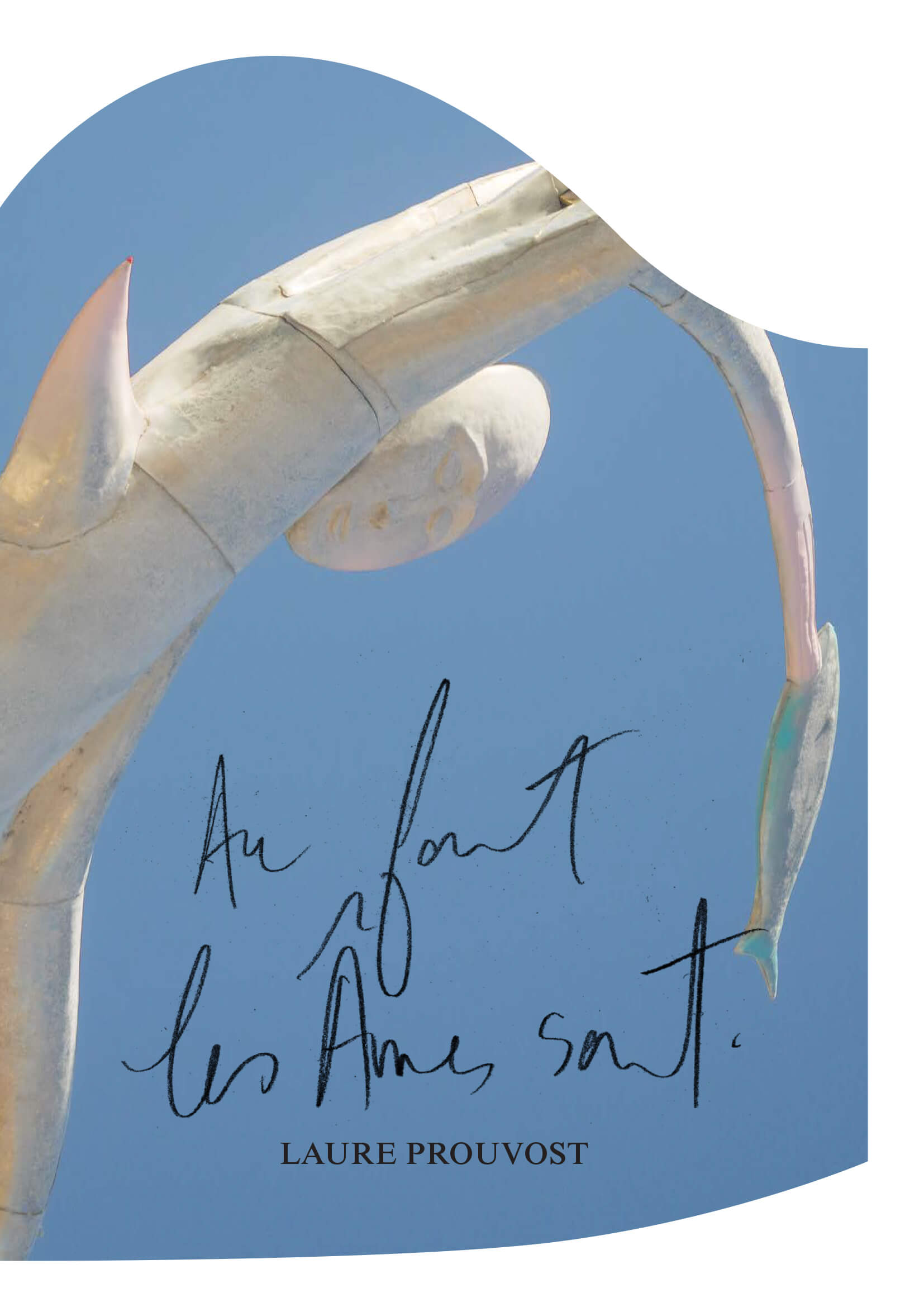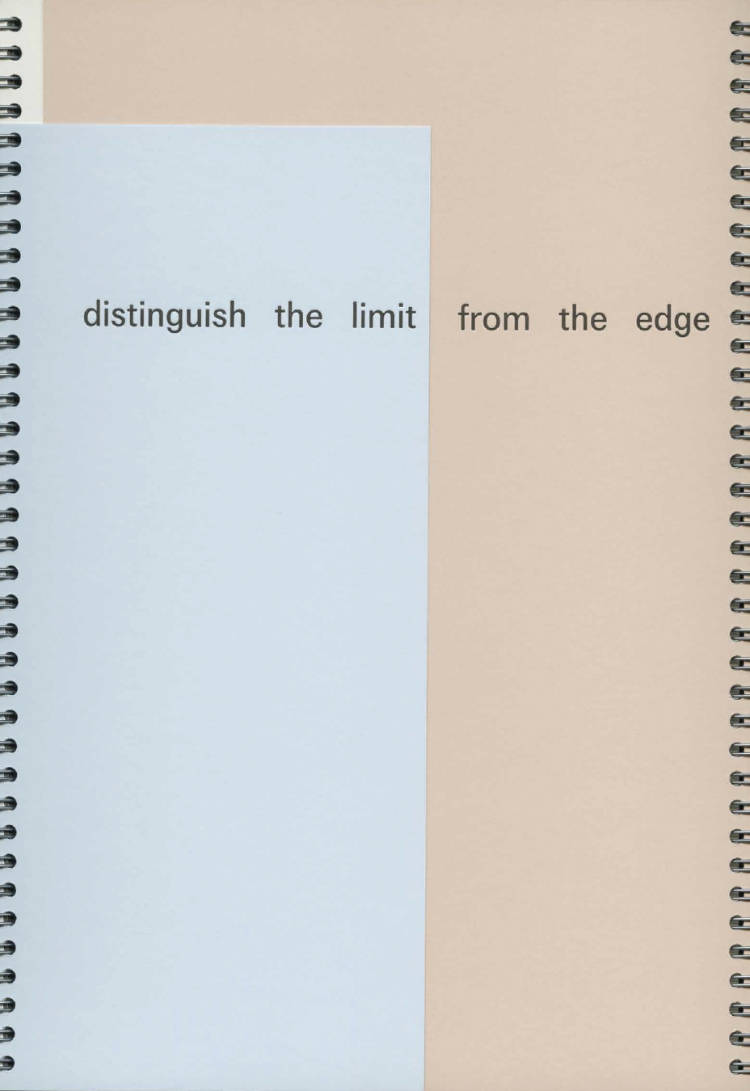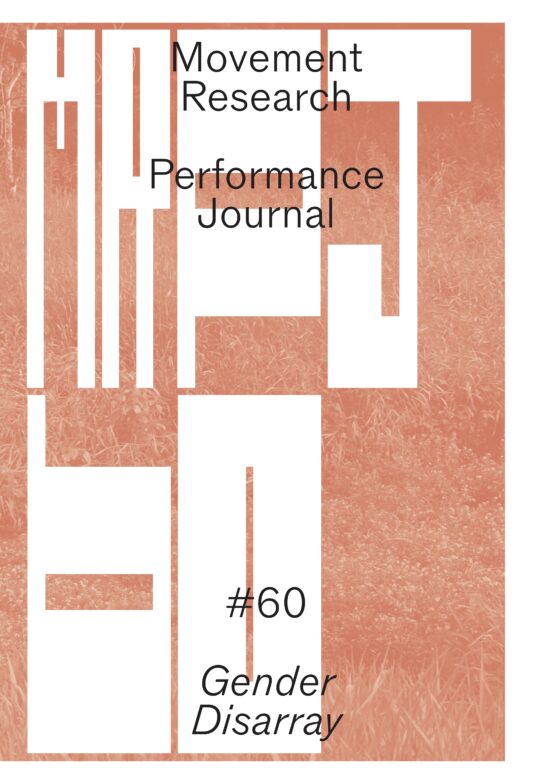
Koninklijke Academie voor Schone Kunsten Antwerpen
The Art of Performance
What happens when artists play with the codes of the visual and performing arts? Which negotiations take place when you leave your own medium to explore another? As it turns out, those who are considered innovative on the one hand, are often labeled amateur on the other. In twenty-five conversations with leading artists, curators, dramaturgs and production workers Katleen van Langedonck explores which choices are made when creating a contemporary performance, taking into account all layers of the creative process. In doing so, she draws on her practical experience as a coordinator and curator of Performatik, the Brussels biennial of contemporary performance.
Conversations with: Alexis Blake - Ariane Loze - Boris Charmatz - Charles Aubin- Daniel Blanga-Gubbay- Eva Wittocx - Germaine Kruip - Grace Schwindt - Helena Kritis - Ilse Van Essche - Jenny Schlenzka - Jimmy Robert - Joanna Zielinska - Kristof Van Baarle - Laure Prouvost - Lore Boon - Louise O’Kelly - Luc Schaltin - Maria Hassabi - Martina Hochmuth - Orla Barry - Sara Jansen - Steven Vandervelden - Ula Sickle - Ulla Von Brandenburg







